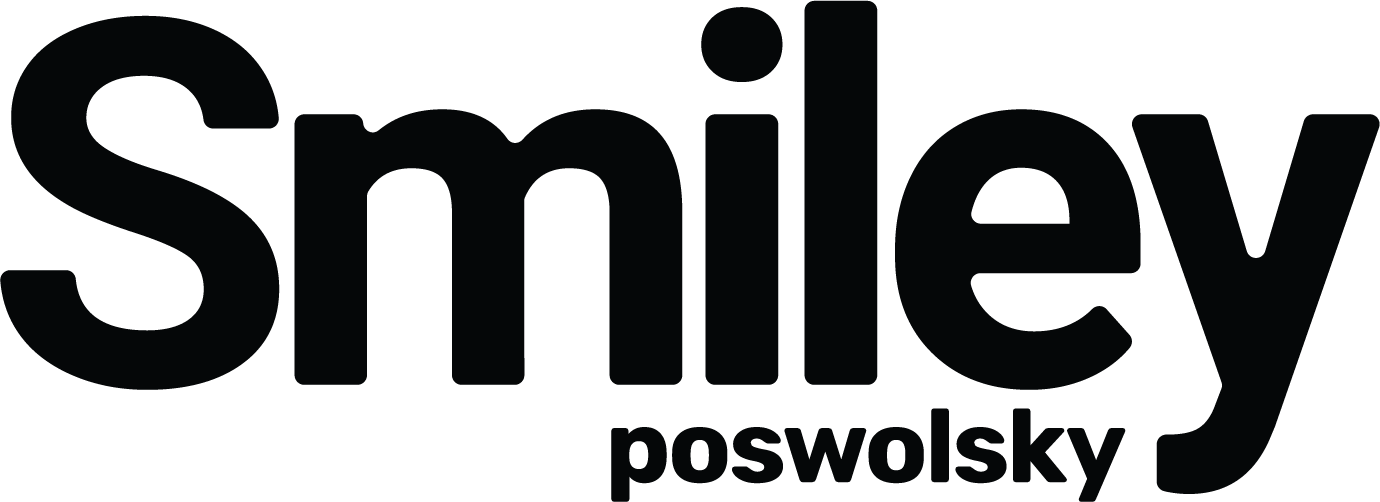Want to Make Your Next Event Transformational? Hire an Experience Designer.
Author’s Note: I originally published this article on LinkedIn on May 2, 2017.
When in doubt: put yourself in your audience’s shoes. Are you creating an immersive experience for your attendees that is transformational, memorable, and exciting?
I recently attended The Culture Conference, an invite-only summit designed for leaders in employee engagement, HR and talent operations, and corporate culture. The inaugural Culture Conference was directed by Jenny Sauer-Klein, co-founder of AcroYoga and founder of Play on Purpose, with the mission of answering the question: how do we create company cultures rooted in belonging, purpose, and creativity? One of Jenny’s primary goals with The Culture Conference was to create a new type conference, one that emphasized the participant experience. If you go to lots of conferences like I do, you’ve also probably grown weary of huge hotel ballrooms, too many keynote speakers, complicated apps that nobody ends up using, endless rows of chairs, awful hotel buffet food, and not enough time for in-person interaction.
Here are a few things Jenny Sauer-Klein and The Culture Conference did, in collaboration with experience designer Ting Kelly, that will help you foster participant engagement and transformation at your next event.
1. Hire an experience designer
Don’t just hire an event planner for your next event; hire an experience designer who has a background in curating immersive experiences, facilitating transformation, and building community. Event production is not just about spreadsheets, it’s about storytelling. An experience designer can help you think about the arch of the participant’s experience, from the very first email they receive, to when they show up at your event, to how they are interacting with other participants over the course of the experience, to how they stay in touch with others after the event is over.
2. Curate who is in the room
When you make your event invite-only, it creates buy-in and ensures that everyone in the room truly wants to be there. By keeping The Culture Conference limited to 150 people, Jenny and her team created a sense of community that is difficult to build in a large, anonymous room. When you’re intentional about who’s in the room, you can bring together people you think might want to collaborate in the future.
3. Break the room up into small groups
At The Culture Conference, participants were split up into small groups of six people, each one led by a group leader. Each group leader was an experienced facilitator, who brought their own unique facilitation style to their group. Having small groups gave attendees the opportunity to form intimate connections in a room full of 150 people, as well as check-in with each other as the weekend evolved. Small groups also serve the added purpose of creating a built-in accountability structure; people can follow-up with their small groups in the months after an event.
4. Deliver in-person connection
I can’t tell you how many millennial-focused events I go where conference organizers want everyone to download a fancy app. Newsflash: people don’t fly thousands of miles and spend hundreds of dollars to download an app or use a hashtag. They go to events to meet inspiring people, learn new ideas, and transform the way they work. One study by Harris Group found that 72 percent of millennials prefer to spend more money on experiences than on material things. Millennials, more than any other group, are looking for events to provide personal transformation and breakthrough moments, not more screen time. Give participants a chance to connect offline: allow them enough time to get to know each other face-to-face.
5. Make your event interactive
Too many event organizers think people go to events because of the keynote speakers listed on the website. The truth is that (most) keynote speakers are both overpriced for event organizers and underwhelming for attendees. People want to learn and grow, and the best way for people to grow is to have as many dynamic, interactive breakout sessions as possible. Interactive breakouts give participants a chance to ask questions, connect with colleagues and potential partners, and find personalized solutions to the issues they are struggling with.
6. Make it unique, memorable, and fun
When I think of the best events I’ve been to, they all have one thing in common: they create opportunities for “firsts,” for people to overcome their fears, be creative, and find more clarity of purpose. Good events are the opposite of a boring happy hour or hotel buffet with crappy food. Culture Conference was hosted by One Workplace (the company that designs and furnishes Google’s offices), featured fresh food from local food trucks, and featured a quiet space for meditation and relaxation. Good events source delicious and nutritious food, they are hosted at unique venues, they offer time for wellness activities, and they are meticulous about creating a comfortable and memorable experience for their community.
Most importantly, good events are fun. The Culture Conference provided ample opportunities for participants to play, be outside, and have a morning dance party before a full day of programming. Attendees even channeled their inner-child at LATE NIGHT ART, a participatory art, music, and creative experience founded by Oakland-based artist Adam Rosendahl.
When in doubt: put yourself in your audience’s shoes. Are you creating an immersive experience for your attendees that is transformational, memorable, and exciting?
Author’s Note: I originally published this article on LinkedIn on May 2, 2017.
